The birth pangs of the Grand Theft Auto franchise
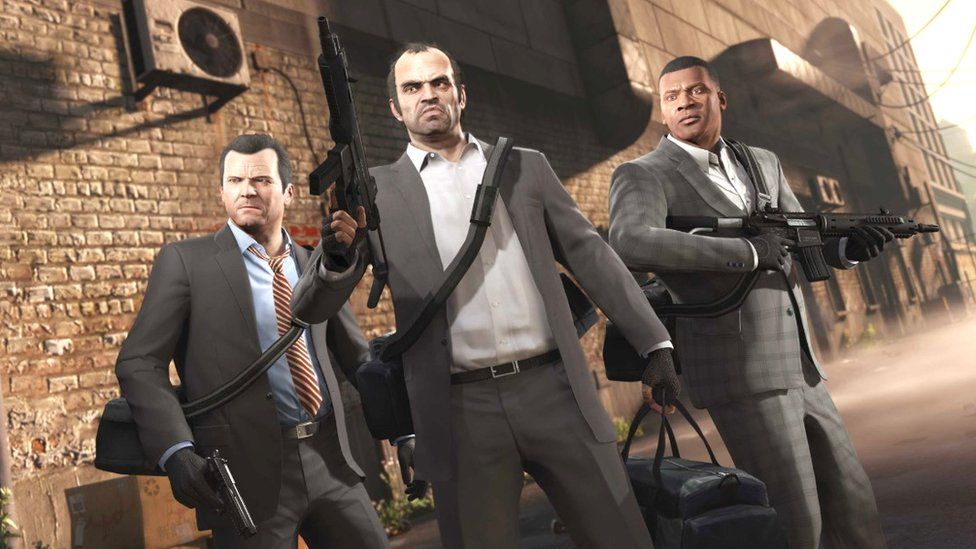
The Grand Theft Auto franchise has been a phenomenal success since it was first launched exactly 25 years ago, making billions of dollars for its American owner Take-Two Interactive.
So it may come as a surprise to learn that its creators, Dundee-based DMA Design, were far from confident about GTA’s prospects as they struggled with creative and technical problems during its development in the 1990s.
Colin Macdonald, who joined DMA a few months before the launch of the action-adventure video game in 1997, explains: “In mid-development, there was an informal staff survey on which of the seven titles they were working on would be the most successful and least successful.
“The one voted most likely not to succeed was Grand Theft Auto.
“That’s because, mid-development, the direction of the game wasn’t clear. It was also quite buggy – you couldn’t play it for more than a couple of minutes without it crashing, so certainly at grassroots level there wasn’t a lot of confidence in it.”

Colin, who was to become the producer of GTA 2 and later Channel 4’s first games commissioning editor, says the atmosphere at DMA was “quite relaxed” by the time he joined.
“GTA went through a lot of different iterations and was quite a troubled development, and wasn’t really regarded well for most of the time it was in production.
“By the time I joined it was pretty much done and the team was actually quite happy because they had kind of got shot of it.
“They were looking forward to sitting back, planning a sequel properly, redoing the things that they weren’t happy with, and just looking forward to getting stuck into iterating on it and seeing where else they could take it.”

GTA facts and figures
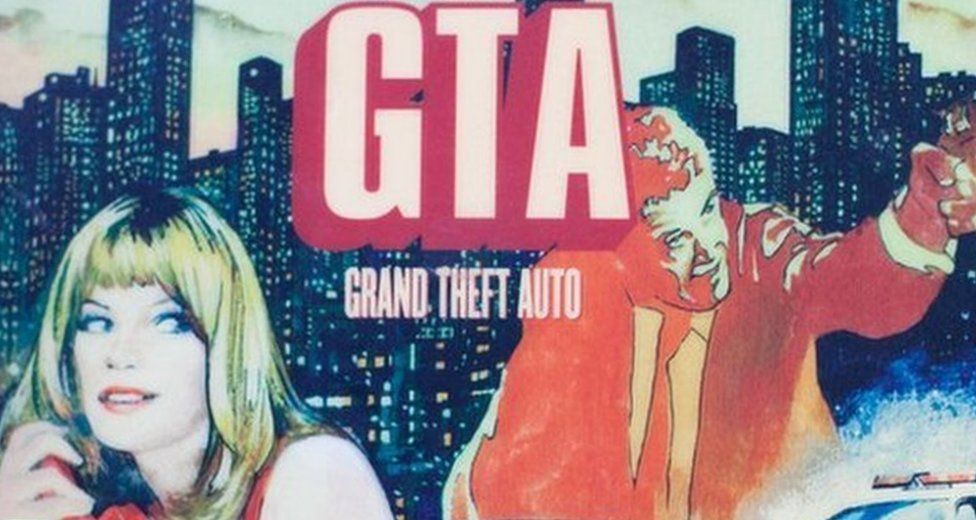
- GTA was launched on 28 November 1997 after three-and-and-a half years in development
- According to business news provider Marketwatch, GTA 5 alone sold 90 million units between 2013 and 2017
- During that period, it brought in $6bn – far above the success of blockbuster movies like Star Wars or Gone With The Wind
- In February, Rockstar Games said for the first time that Grand Theft Auto 6 was “in active development”, although no further details were given

Fans of GTA may also be surprised to learn that the franchise actually stemmed from a technology experiment – with a dinosaur as its central character.
Colin explains: “One of the original founding programmers at DMA, Mike Dailly, was basically doing a tech experiment as a way of showing how buildings could look in 3D from top down with a little bit of perspective.
“So he basically came up with a dinosaur game. You had this city that moved around in some form of 3D, but you were a dinosaur roaming around and destroying the buildings. That was what Grand Theft Auto started as.
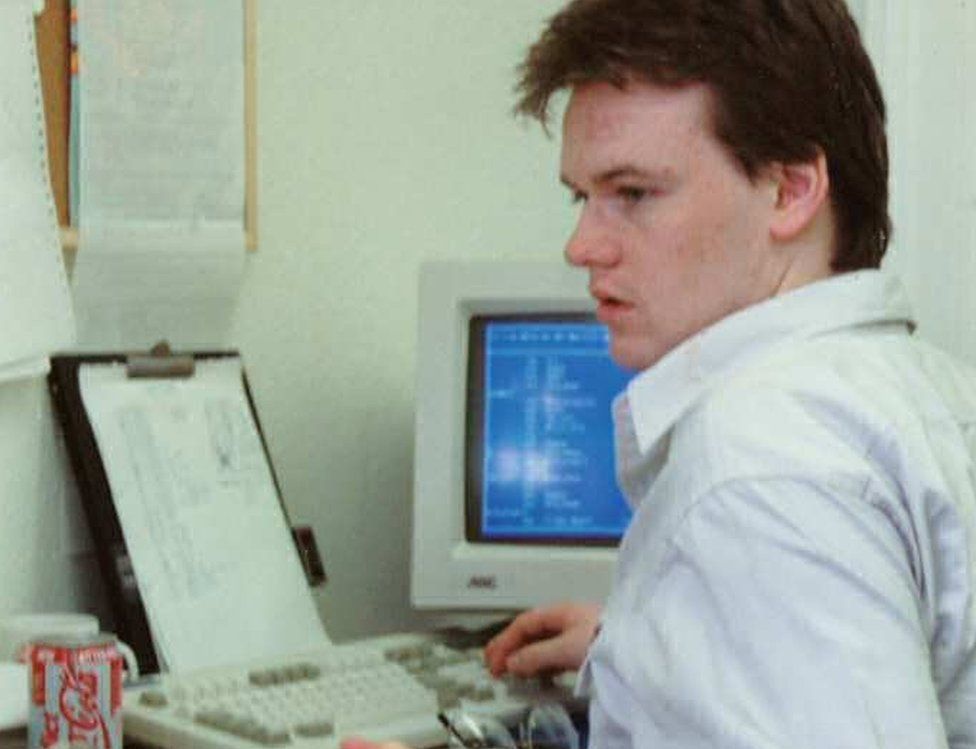
“He then added in little cars driving around, just to bring the city to life.
“Someone had the bright idea to see what it would be like driving one of the cars rather than controlling the dinosaur and suddenly it changed into a car game, rather than a dinosaur game.
“It was called Race ‘n’ Chase for a good while. And then someone realised, ‘oh, actually we’ll try letting the player get out of the car and run around and jump in and out of other cars’.
“It was really only at that point it morphed into Grand Theft Auto.”
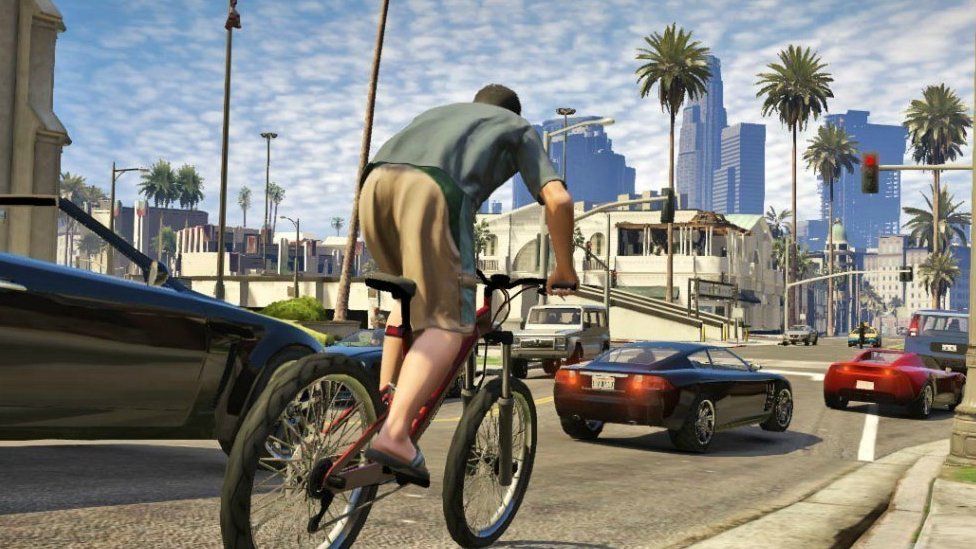
Overhauling the original idea brought its own problems, according to Colin.
“When you are changing a game so fundamentally like that, all sorts of problems get introduced.
“You have developed code that is no longer doing what it was originally intended to do. So there’s all sorts of problems – the game gets very buggy and crashes a lot, and the team are feeling like the whole process is completely changing and they are not doing what they originally set out to do.
“But actually, this process of evolving and iterating is what made it feel so dynamic.
“So although it was a very frustrating process for the team, it meant they could see what really worked, iterate on it and give the game a new direction.
“They also had time to polish it, so they started doing things like adding skid marks and shadows and nice sound effects and the radio stations – all of those things that really brought the world to life.”

Colin says that although GTA only came together in its final six months of development, there were signs that it could connect with a wide audience.
“The team were playing it in their own lunchtimes, which is always a rare thing.
“After you spend a couple of years developing something, you are usually sick to the back teeth of seeing it – the last thing you want to do is see it again in your spare time.”
Colin says the sequel he produced involved making technical changes to make the game more “structurally sound” and moving the game from being set in the contemporary world.
“We wanted to make it feel a little bit more futuristic. That gave us more creative licence with the vehicles, with the weapons, with the types of environments you would see.
“In hindsight, that probably hasn’t resonated with audiences as well as the contemporary vehicles and cities. Most of the Grand Theft Auto games have gone back to being set more or less in the present day.”
Colin adds that despite the franchise’s birth pangs, there was a sense within the original team that they were on to something.
“We knew we had something special – the fact that the team were playing it in their own time is a really strong indicator of that – but there are countless games that come out every year that are creatively and technically brilliant but just don’t sell particularly well, for whatever reason.
“Most people don’t hear about them – they are not quite capturing the zeitgeist of the moment – and Grand Theft Auto could easily have been another one of those.
“It’s been quite a surprise to see it still do so well a quarter of a century later.”
-
-
19 September
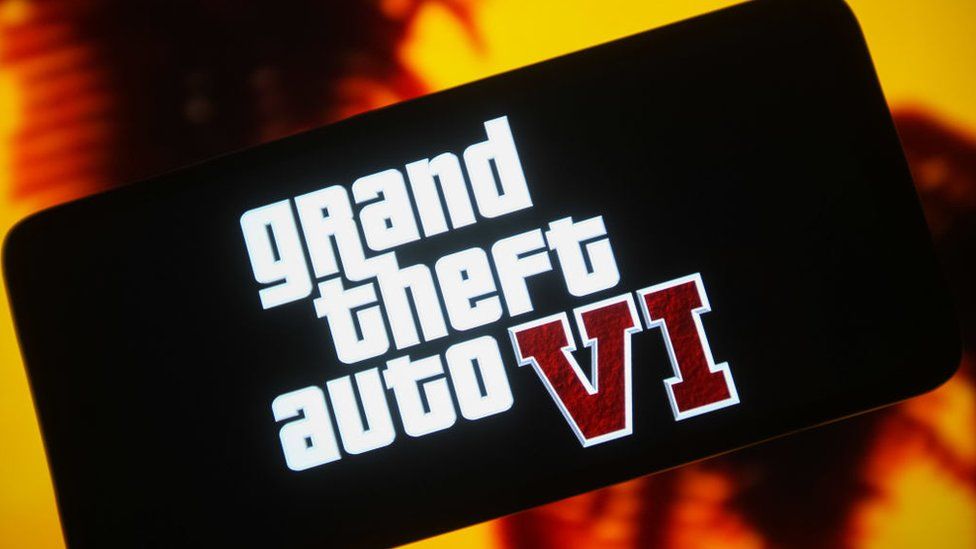
-
-
-
17 September 2013

-
-
-
17 September 2013

-

